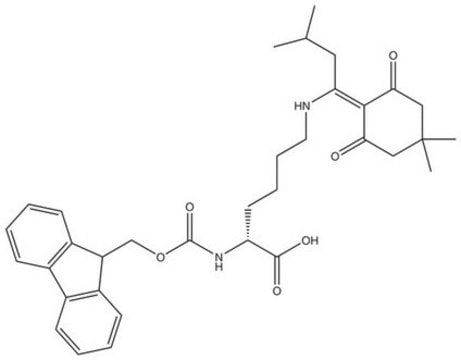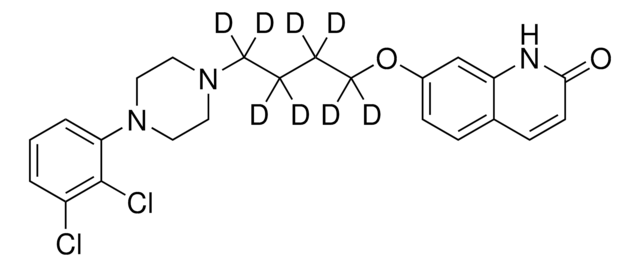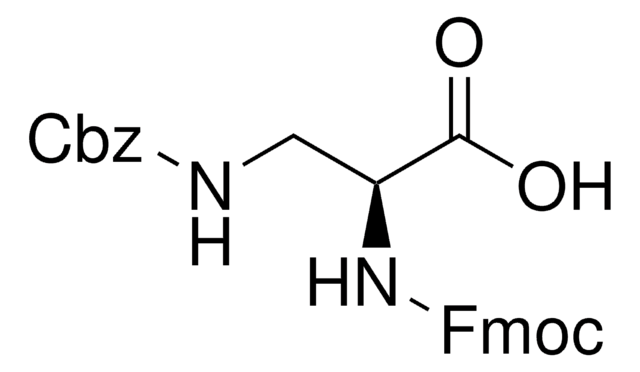857501P
Avanti
16:0-17:0 cyclo PC
Avanti Research™ - A Croda Brand 857501P, powder
Sinónimos:
1-palmitoyl-2-cis-9,10-methylenehexadecanoyl-sn-glycero-3-phosphocholine
About This Item
Productos recomendados
assay
>99% (TLC)
form
powder
packaging
pkg of 1 × 1 mg (857501P-1mg)
manufacturer/tradename
Avanti Research™ - A Croda Brand 857501P
lipid type
cardiolipins
phospholipids
shipped in
dry ice
storage temp.
−20°C
SMILES string
[O-]P(OCC[N+](C)(C)C)(OC[C@]([H])(OC(CCCCCCCC1C(C1)CCCCCC)=O)COC(CCCCCCCCCCCCCCC)=O)=O
General description
Biochem/physiol Actions
Packaging
Legal Information
Storage Class
11 - Combustible Solids
wgk_germany
WGK 3
flash_point_f
No data available
flash_point_c
No data available
Certificados de análisis (COA)
Busque Certificados de análisis (COA) introduciendo el número de lote del producto. Los números de lote se encuentran en la etiqueta del producto después de las palabras «Lot» o «Batch»
¿Ya tiene este producto?
Encuentre la documentación para los productos que ha comprado recientemente en la Biblioteca de documentos.
Nuestro equipo de científicos tiene experiencia en todas las áreas de investigación: Ciencias de la vida, Ciencia de los materiales, Síntesis química, Cromatografía, Analítica y muchas otras.
Póngase en contacto con el Servicio técnico








